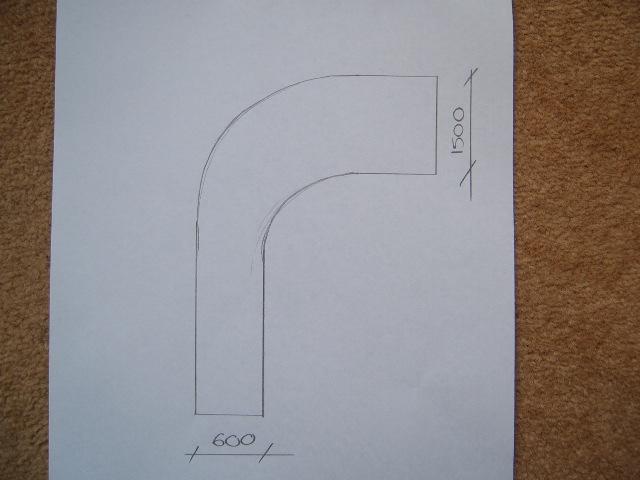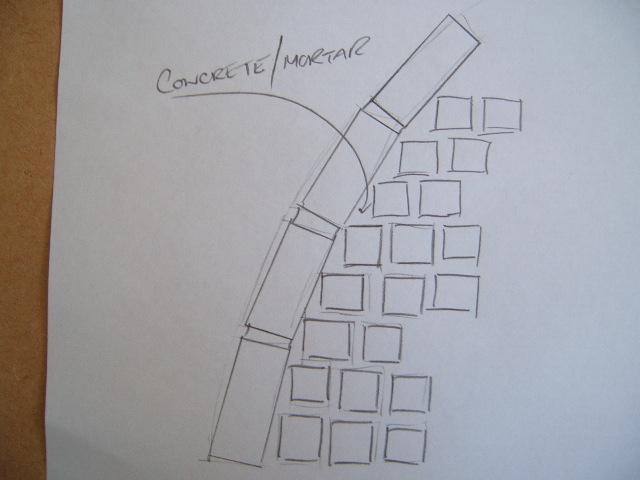I'm looking at building a short path to the shed, it will be curved. I am thinking of using a mixture of setts and large slabs.
Am I best not to use setts as there will be lots of cuts leaving me with small slithers and lots of work in making the cuts?
Should I stick to slabs?
Many thanks.
Am I best not to use setts as there will be lots of cuts leaving me with small slithers and lots of work in making the cuts?
Should I stick to slabs?
Many thanks.



